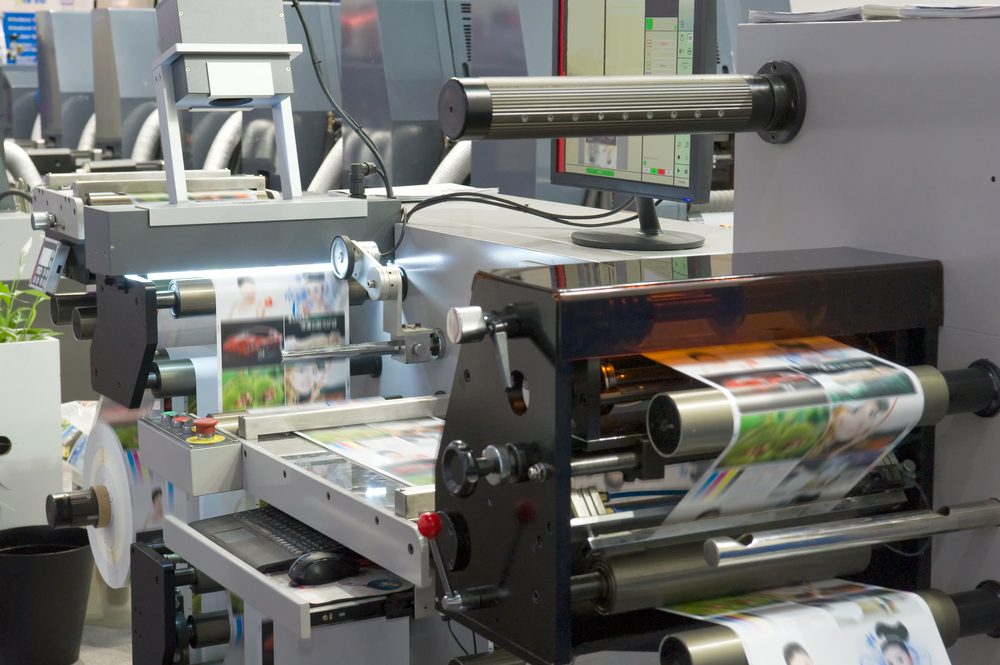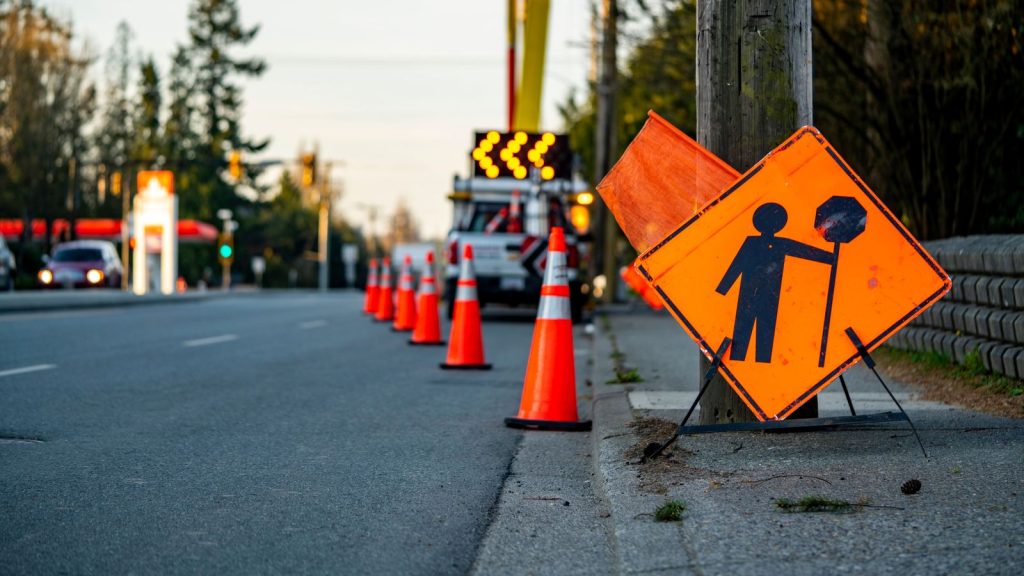How To Avoid Printing Industry Hazards

When most people think about potential hazardous jobs or professions, we probably think about electricians, carpenters, or high-rise window washers. While all of these jobs do come with certain vulnerabilities, every industry has its potential workplace-related injuries and other health problems. Workplace injuries cost companies millions of dollars every year in workers compensation payments, lost work time, and lower productivity levels among your workforce. The first step in limiting workplace injuries and illnesses is by identifying the specific hazards and threats that could potentially affect your employees.
The health hazards of the printing industry are perhaps less well known than other industries. However, printing industry safety protocols are essential to protect your workers’ health and wellbeing. In this short article, we take a look at the particular health hazards of the printing industry, and then look at the best practices in printing industry safety standards.
Health Hazards of the Printing Industry
Recent statistics find that 358,436 people are employed in the Printing industry in the United States as of 2021. The vast majority of those workers most likely come into contact with several potentially dangerous chemical substances that are part of their daily job tasks. Solvents, inks, adhesives, organic and inorganic pigments, polycyclic aromatic hydrocarbons, acrylates, lead, and paper dust are just a few of the common sources of chemicals that could negatively affect the health and wellbeing of workers in the printing industry.
Depending on the specific job title, workers may also come into regular contact with nitric acid, sulphuric acid, hydroquinone, isocyanate prepolymers, Methacrylates, ammonium, ketones, perchloroethylene, and other potentially hazardous chemicals.
According to research published in the Annals of Occupational Hygiene, “many health problems have been reported in printing industry workers. These health problems include cancers, neurological and neuropsychiatric disorders, mucous membrane irritation, and dermatitis. In addition to bladder and lung cancer, the printing works have been associated with melanoma, and cancers of the kidney, skin, brain, breast, ovary, cervix, esophagus, and stomach.”
Best Practices in Printing Industry Safety
Employees need to be informed about the potential hazards of the toxic chemicals with which they are working. Proper training obviously plays an important role in reducing risk and vulnerability. However, as new chemical products are released, it can be hard for any employee to know the specific risks and “use protocols” that come with every product. Furthermore, employee turnover affects the printing industry like all lines of business, and poses another problem for properly communicating the risks and protocols for the raw materials required in the printing industry.
For these reasons, every printing industry should have safety data sheets (SDSs) that identify the specific risks of each chemical product and outline proper use and the protective measures that should be taken.
Hazard communication implementation should be highly prioritized in printing industries. Unfortunately, the study mentioned above found that only 57.2 percent of companies in the printing industry had a hazard communication program, and only 61.8 percent had SDSs on file for all the different chemicals they used. Perhaps even more troublesome is the fact that under 60 percent of these companies provided employee safety and health training.
To safeguard the health and wellbeing of their workers, companies should focus on constantly updating the safety information of the solvents, inks, and other components used by the printing industries. Full disclosure of the hazardous compounds in the safety data sheets is also a must.
Your printing company can find more information at this OSHA website regarding leading industry standards, industry segments, specific health and safety programs, and the best practices for safety and health programs for printing industry workers.
Protect Your Printing Team With Work-Fit
Finally, consider hiring a third-party company to help you develop the best safety and prevention protocols and policies for your printing business. Work-Fit is a nationwide leader in onsite injury prevention and management for your workforce. We have years of experience working with all different types of businesses to identify and mitigate potential workplace hazards.
Our injury prevention program encourages the adoption of preventive habits among your workers to reduce the frequency and severity of illness and injuries as a strategy to increase employer healthcare savings. We focus on preventing injuries through tailor-made programming for our clients, relationship-building with employees and management, feedback from employees, and work practice assessments to determine the best course of action for your staff.
Contact Work-Fit today to learn about how we can help your team!



